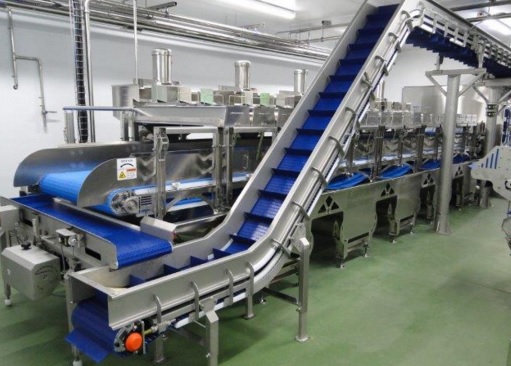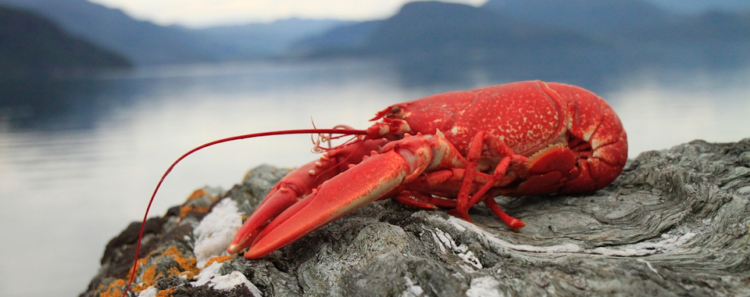Before we get to Intercept Technology™ lobster bags, let's review what we've covered so far. In our last blog post, we covered a wide range of lobster and fisherman facts. In this piece, we'll be delving into the world of seafood preparation and processing. Similar to their undersea life, the life of a caught lobster is hectic and frenzied.
The same is true, moreso, for the seafood industry workers who ship, store, prepare and transport them!
Seafood Processing
Indeed, catching lobsters is a labor intensive process that requires a great deal of knowledge and expertise. Soon after the haul though, an entirely new realm of expertise emerges as a requirement. I'm talking, of course, about seafood processing.
A broad term, seafood processing refers to the interval of time between harvesting and serving. Getting the lobsters on the boat is one thing, getting them on your dinner plate while still fresh is another. Take efficient seafood processing out of the equation, and you'd likely never eat another lobster again! The large variety of workers who ensure that your seafood stays fresh are the unsung heroes of the commercial fishing industry.
Let's take a closer look at the overwhelming number of factors involved in seafood processing!
Processing Plant

At the end of the day's haul, lobster fishermen bring their catch to a processing plant where they're paid out in accordance with current market prices. The lobsters journey into a receiving area, undergo crating, and then achieve placement on ice. Remember, it's the fishermen's job to measure the lobster and confirm it fits within legal size specifications, so this helps to cut down on processing time.
After crating, the lobsters usually journey into large tanks. In this case, "lobster tank" may not be what you're envisioning. Industrial sized lobster tanks can hold anywhere from 20,000 pounds - 100,000 pounds of lobster. Put simply, these "tanks" are closer to the size of a YMCA swimming pool than the tanks customarily seen at your local super market.
Generally, one of two things is going to happen to a lobster at a plant. They're either shucked, or kept whole. The more desirable parts of the lobster - e.g. its claws - are sometimes kept intact if the lobster is being sold whole, or sometimes removed for sale as an individual delicacy. In shucking, a lobster processes through a machine that more or less de-shells and disposes of the undesirable parts of the creature and harvests it's meat. If this is the case, it moves onto the next part of the process: inspection.
During inspection, workers go through the lobster meat and ensure that there is no cartilage or shell. As you might guess, these are two elements you definitely don't want included in your final seafood dinner!
Shipping & Transportation
Intercept Technology™ Lobster Bags Are Synonomous With Excellent Oxygen Barrier Requirements
This is where things can get a little tricky!
There are some lobster processing plants that cook lobster on-site and others that ship them live. Depending on the plant's distribution methods and customers, the shipping and transportation of lobsters will vary. Regardless of whether the seafood is pre-cooked or alive, safely shipping them is of the utmost importance.
Whether alive or dead, lobsters ship out in cold storage. As you most likely already know, this keeps the seafood fresh and free of bacteria. Generally speaking, this happens by way of shipping them on ice, however, there's another important step!
Seafood processing storage bags are effective to keep lobsters and other forms of seafood fresh during transit and storage. For instance, Laminated Films & Packaging (a supplier of Intercept™ Technology) lobster bags are effective for packaging meats, seafood, or other products that require excellent oxygen barrier requirements, strength, cleanliness or heat stability requirements.
All in all, lobster's have a storied history and a hectic life. The same is true, moreso, for the fishermen themselves. While focus frequently highlights the individuals who haul them in, the workers who process these aquatic creatures play an equally important role.
Between plant operation, lobster inspection, logistics and service, the seafood industry is just as wild as undersea life. Thankfully, companies like Laminated Films & Packaging ensure that lobsters arrive to your dinner plate fresh, clean and safe. This reduces overall losses and waste, making your dinner more enjoyable and the seafood population more sustainable!
